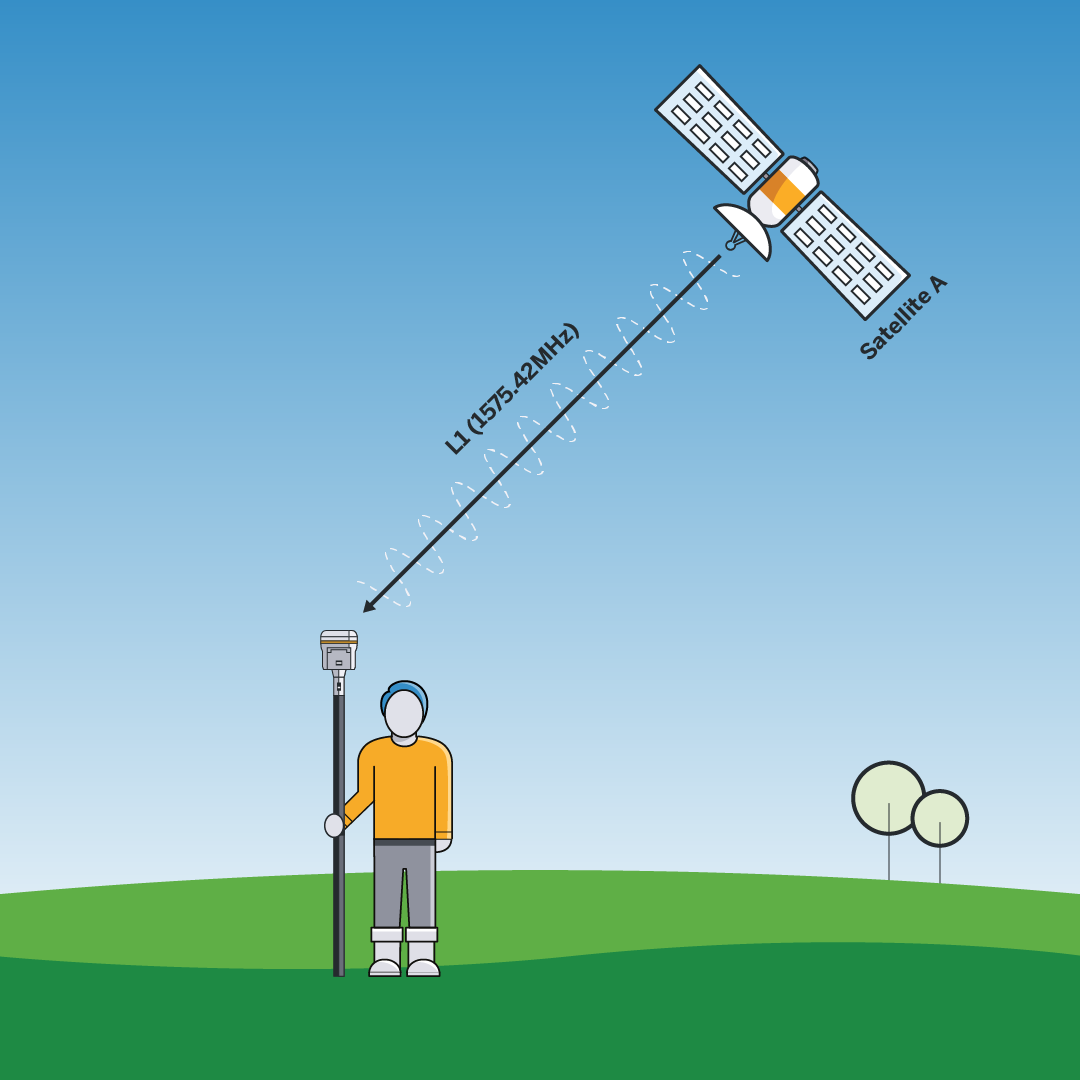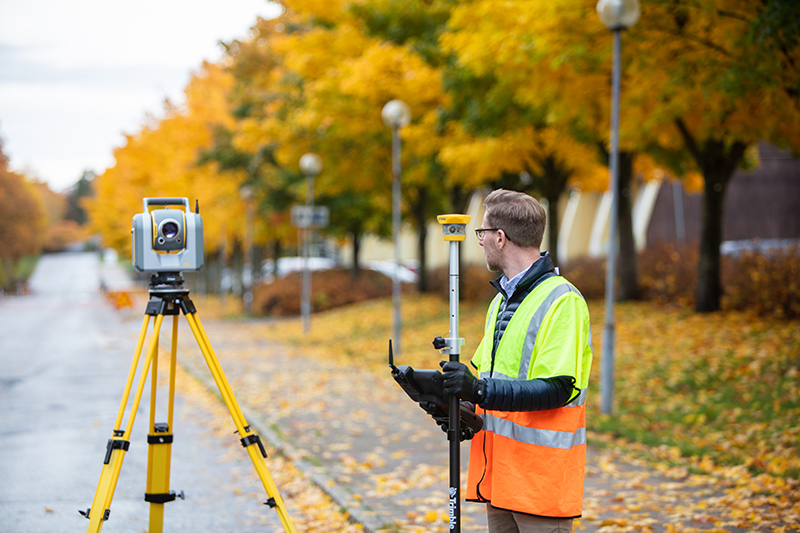The State of GNSS Receiver Tracking Channels & Satellite Constellations in Orbit

The number of channels in GNSS receivers seems to be going up and up: 672, 555, 1408... but what does it all mean when there are only about 120 operational navigation satellites in orbit? Is it a case of “the more, the better”?
Let’s take a look at what’s really happening between space and Earth, and explore why there are so many receiver channels with relatively few satellites in orbit.
In the early days of GPS receivers, there was a direct correlation between the number of satellite tracking channels a receiver had and the number of satellites that receiver was tracking. For example, a Trimble 4000S receiver had just 6 channels, where each channel tracked the L1 signal on a single satellite. At the time, GPS test satellites were only broadcasting the L1 Coarse Acquisition, hence the name “L1C/A” code intended for civilian use.
With the launch of GPS production satellites during the late 1980s and 1990s, GPS receiver technology advanced in both functionality and miniaturization. Trimble survey receivers included proprietary technology that enabled them to track the military L2 signal broadcast by GPS satellites. Each GPS satellite broadcasts on the L1 and L2 bands. The “L” in L1 and L2 refers to the designation used for L-band microwave radio signals in the range of 1-2 GHz (=1000-2000MHz).


